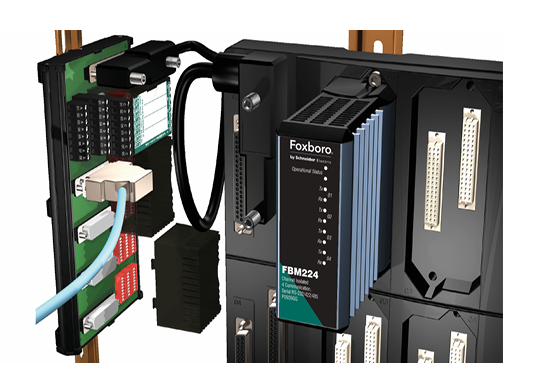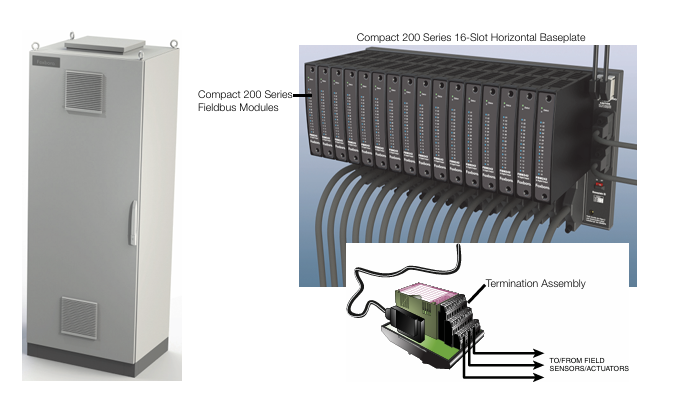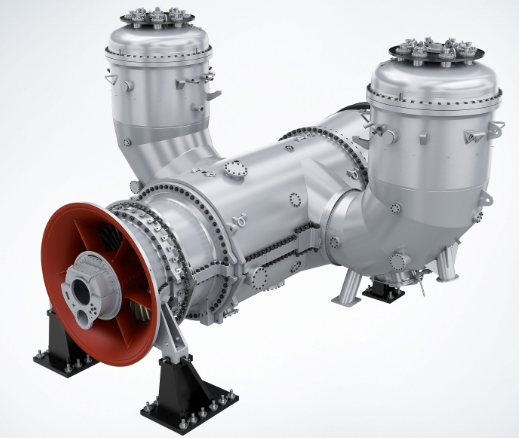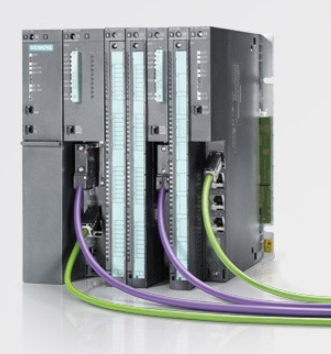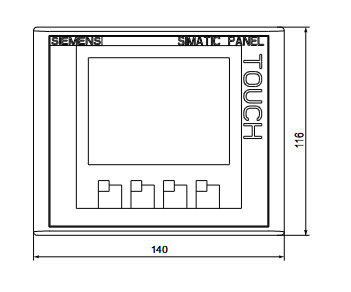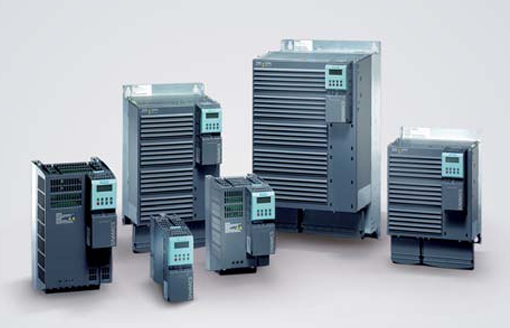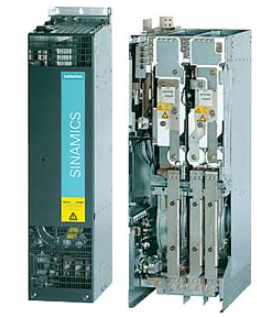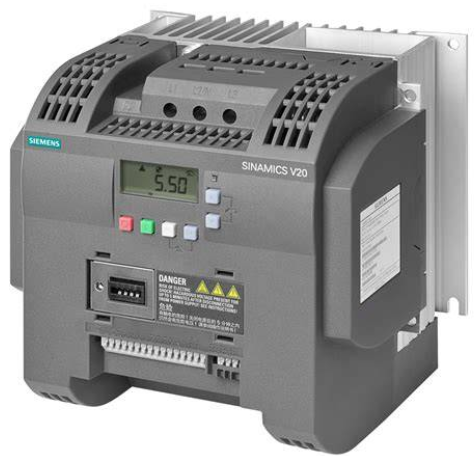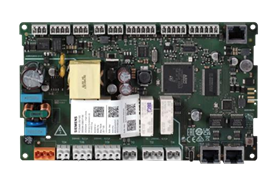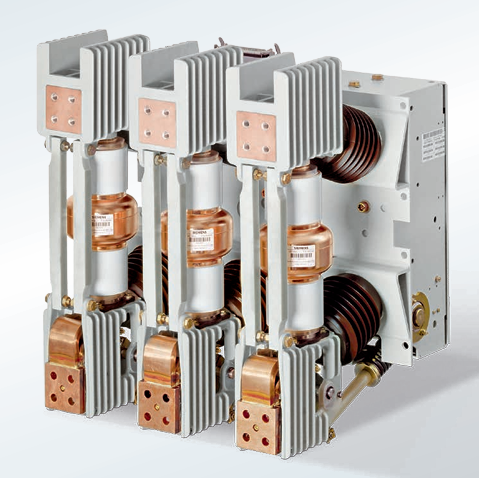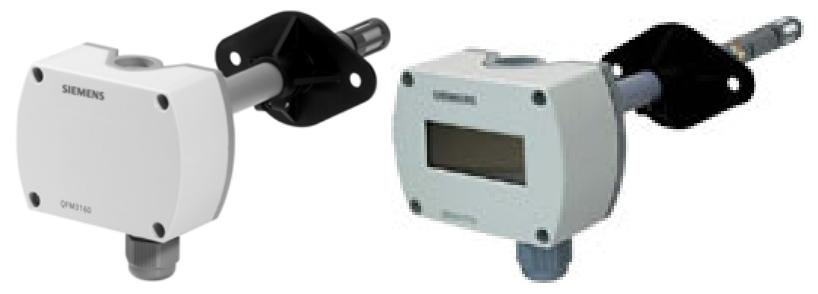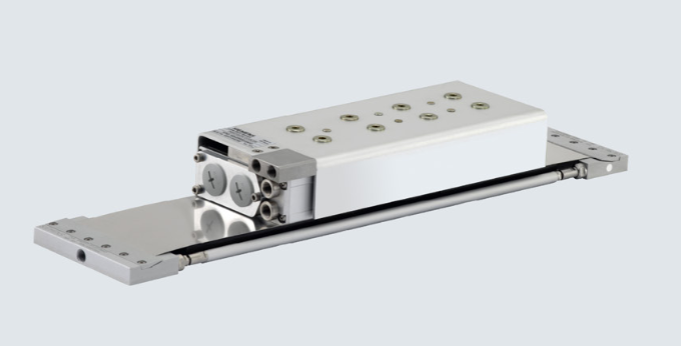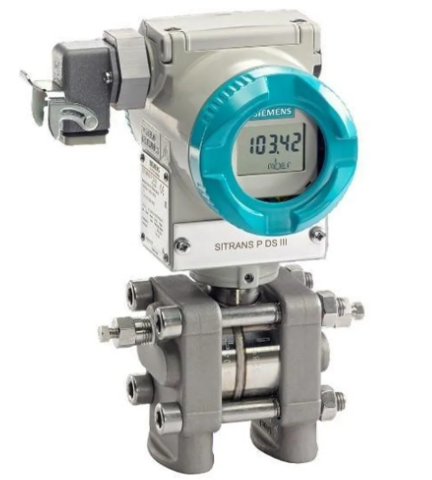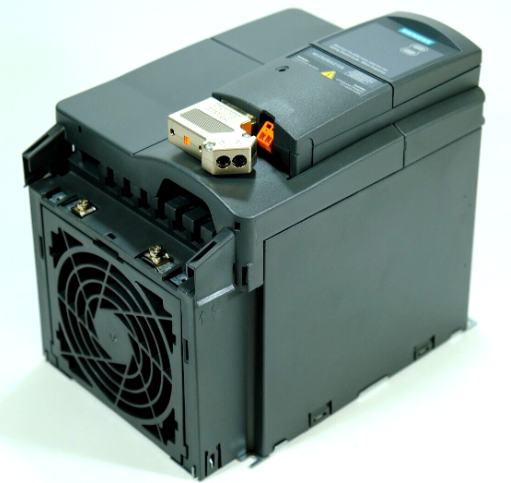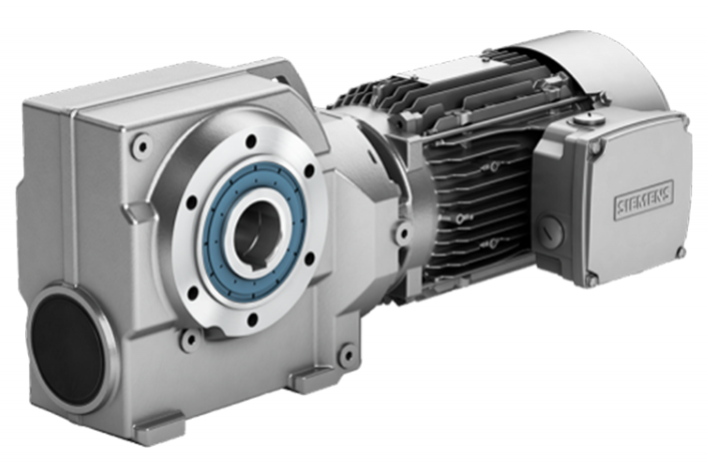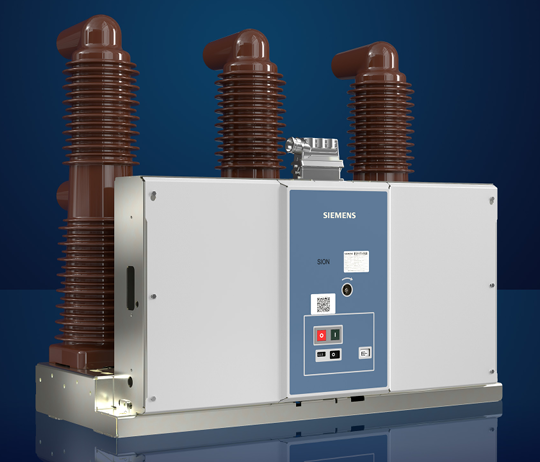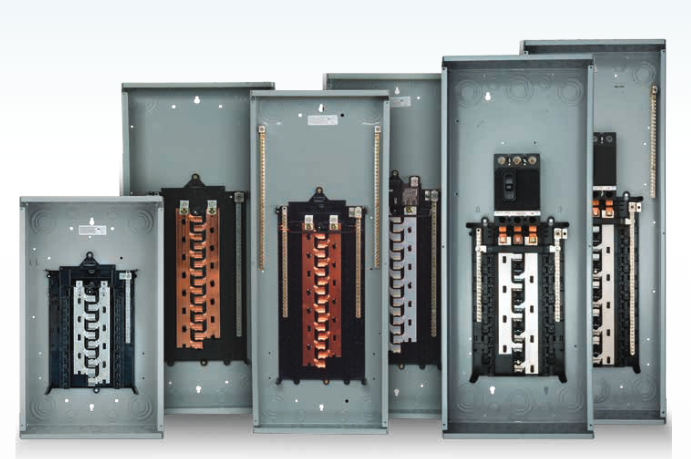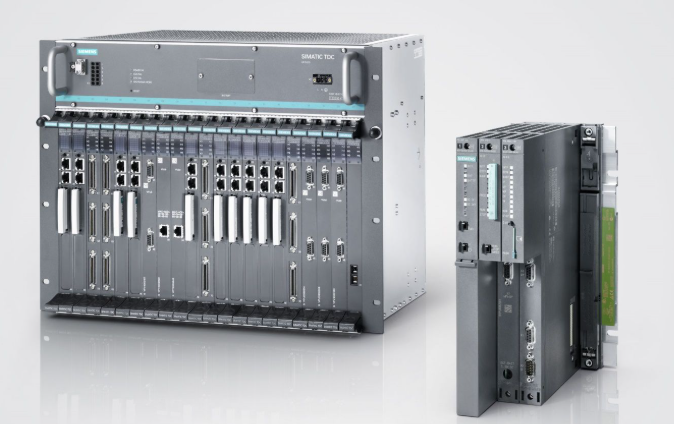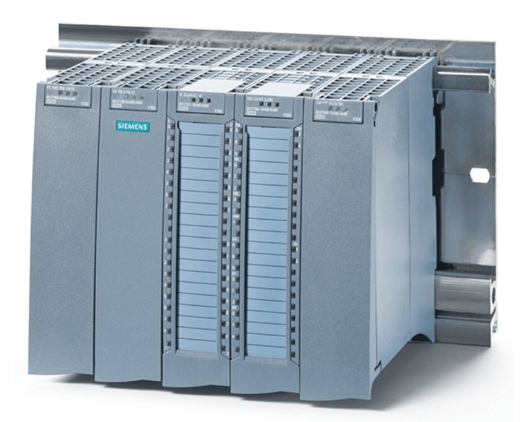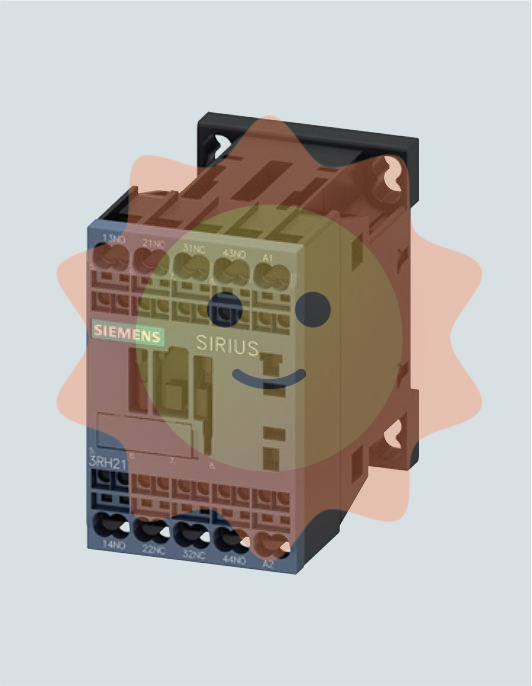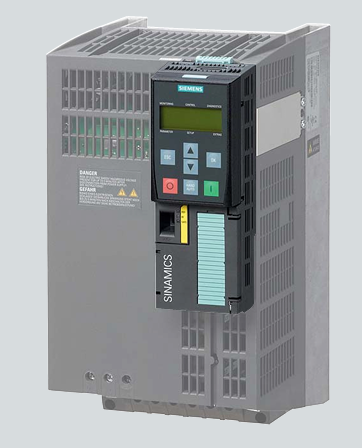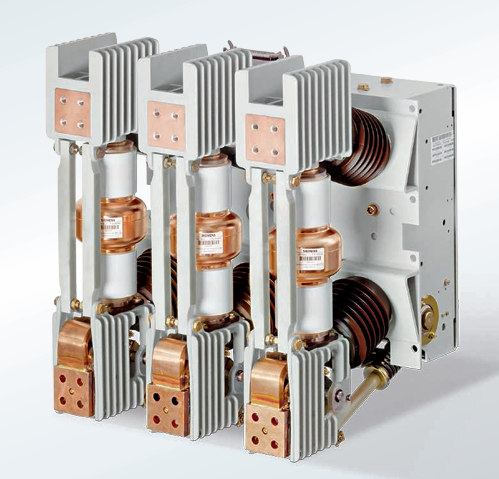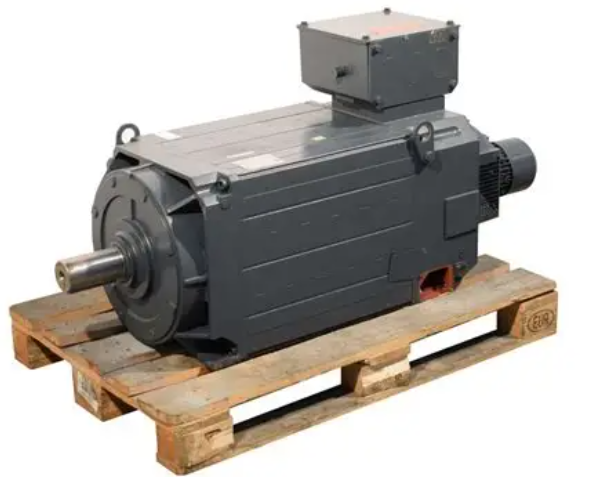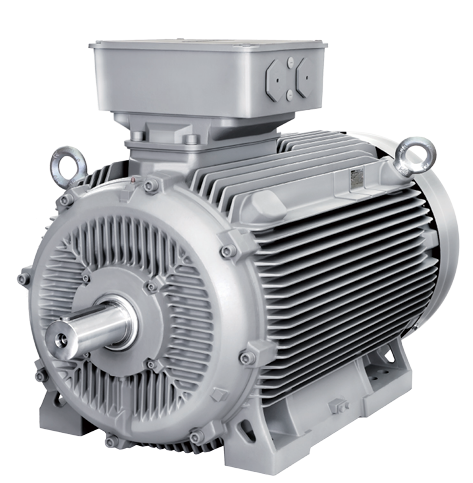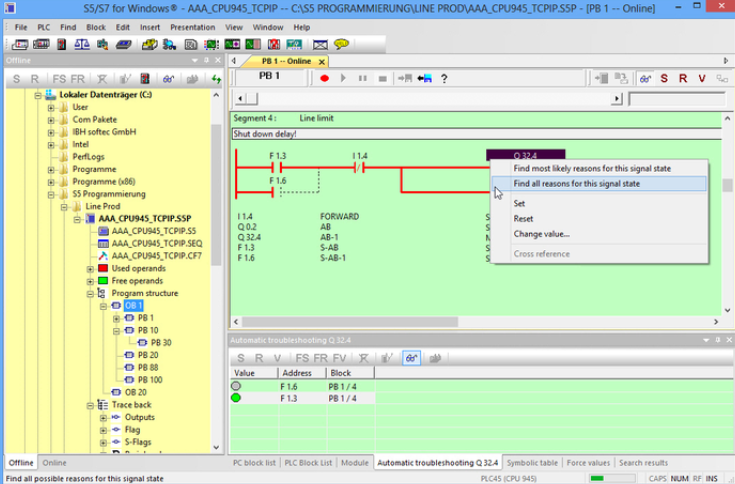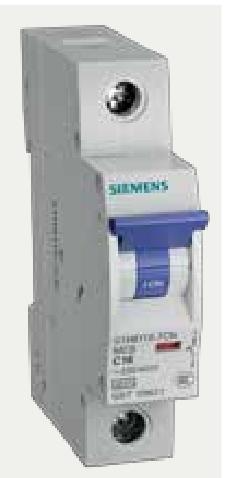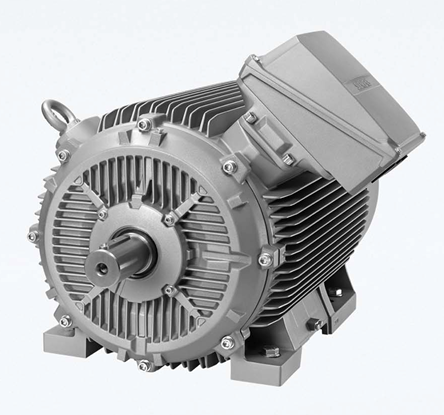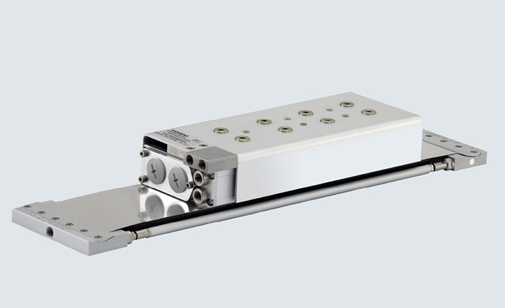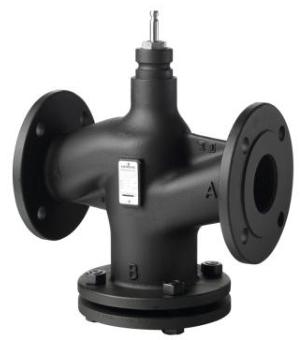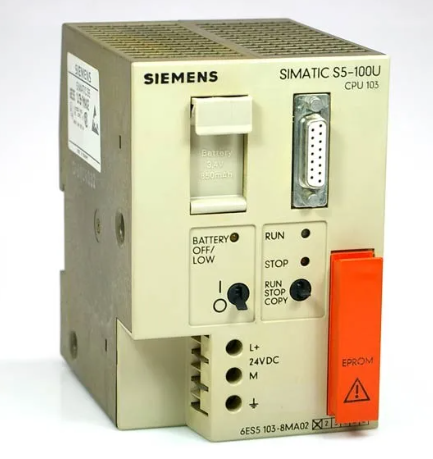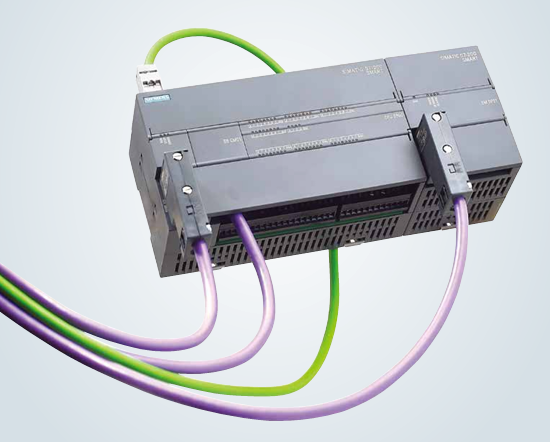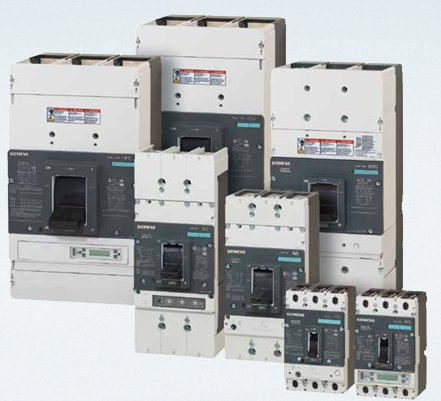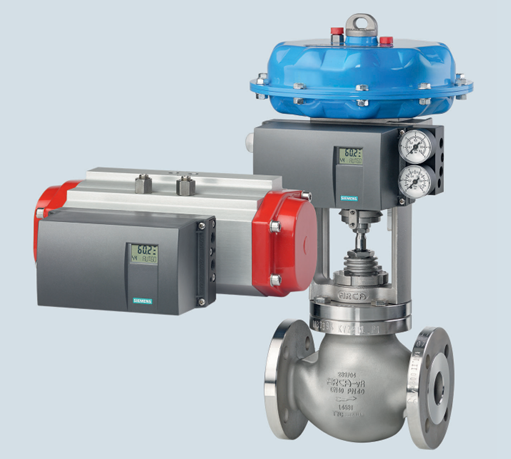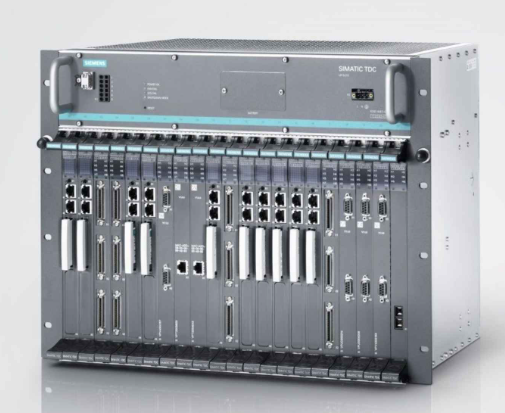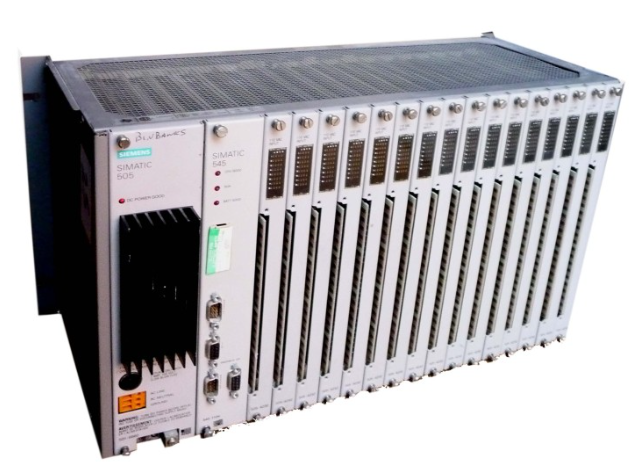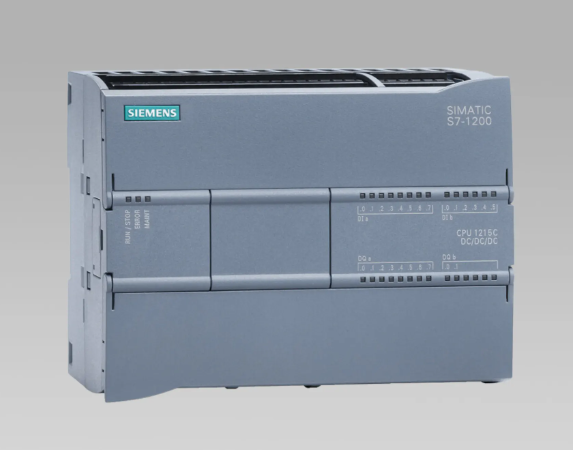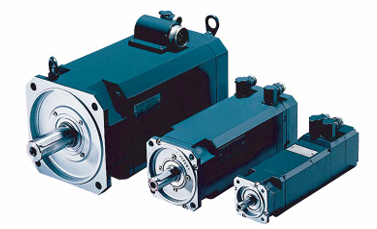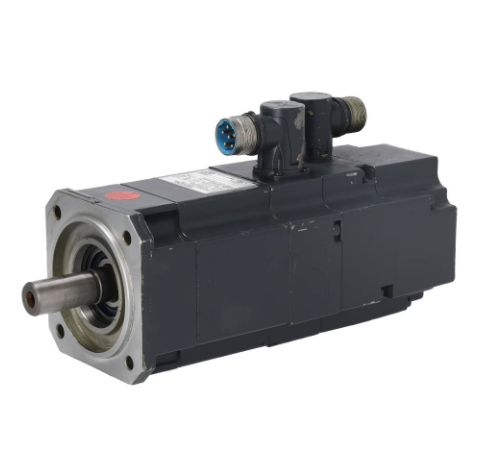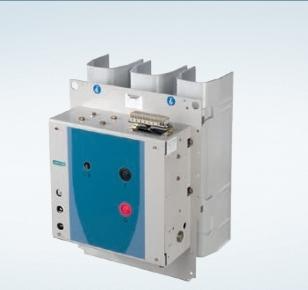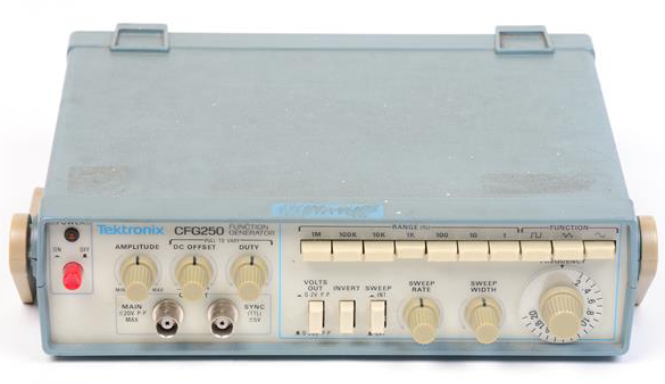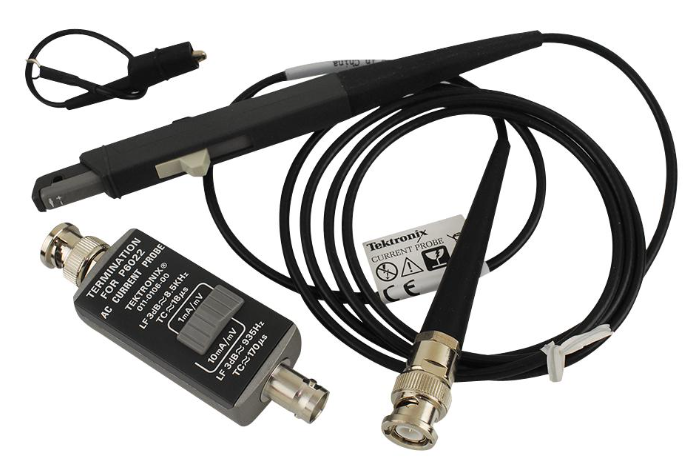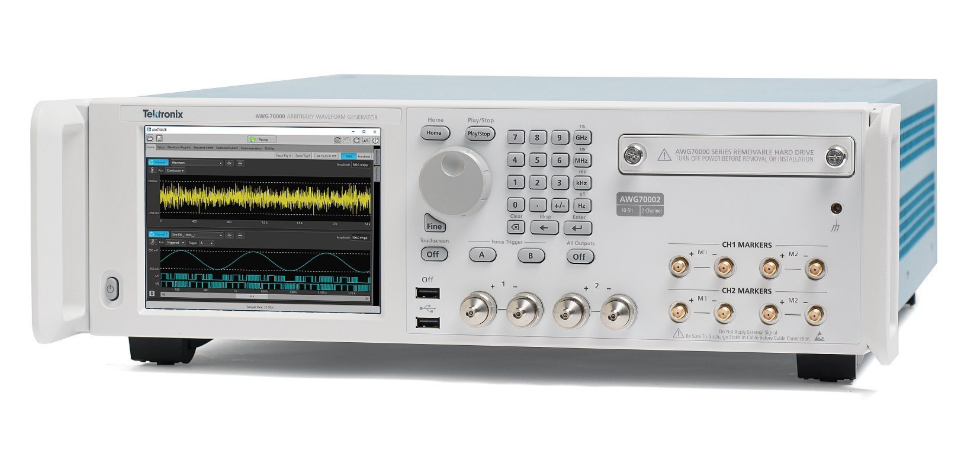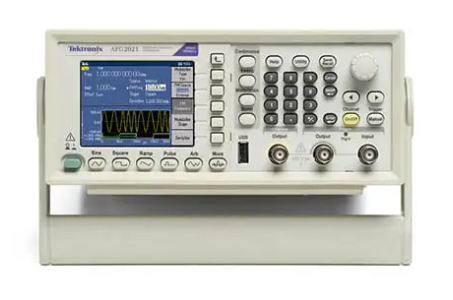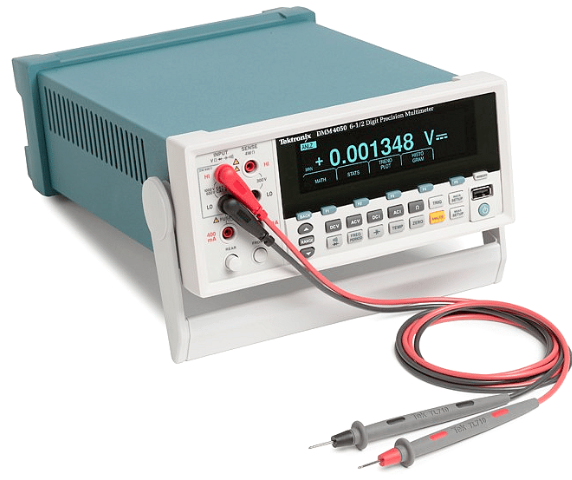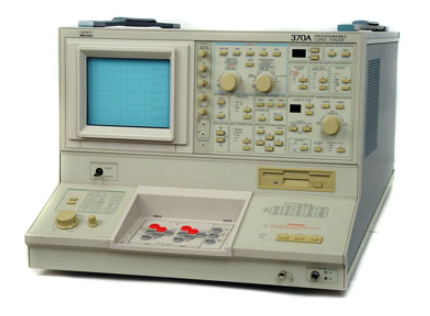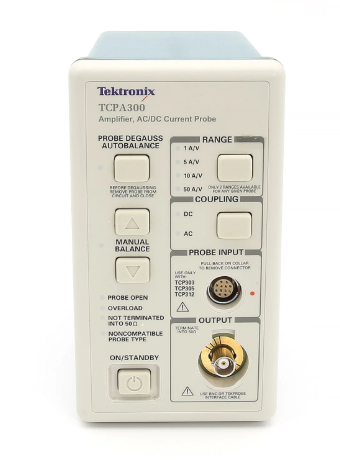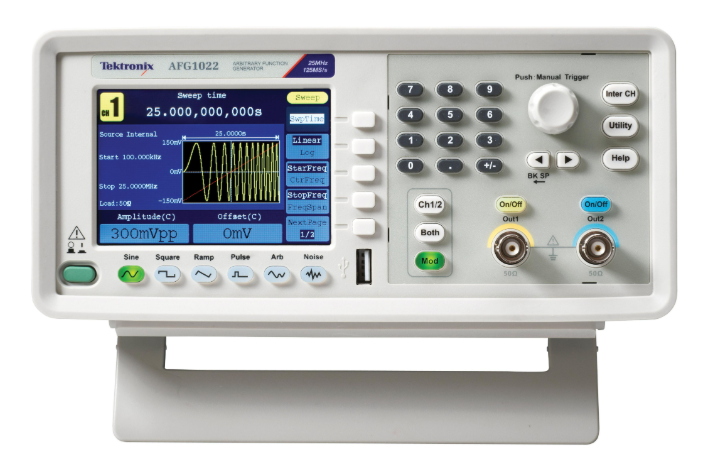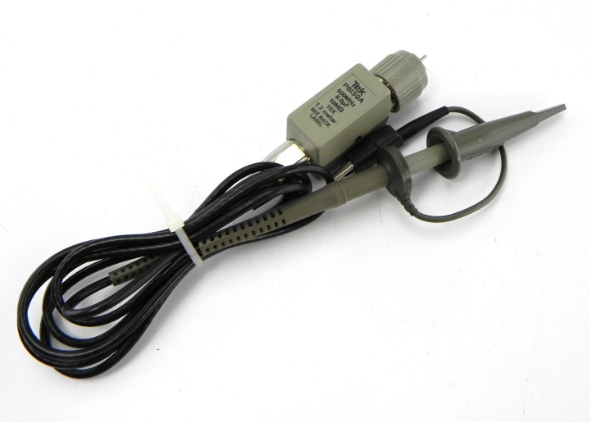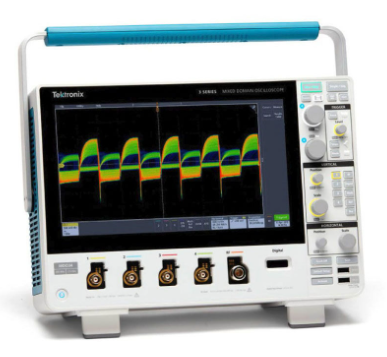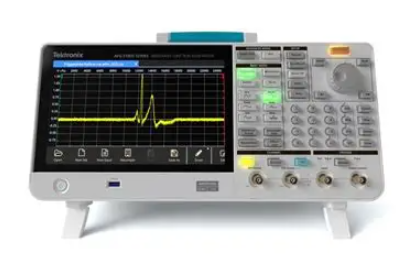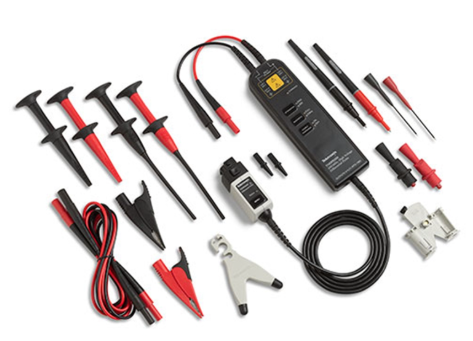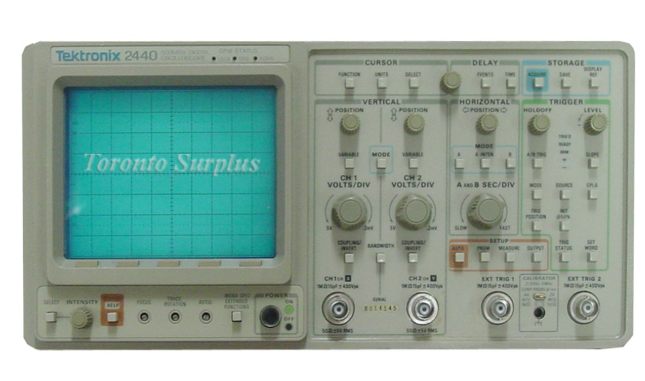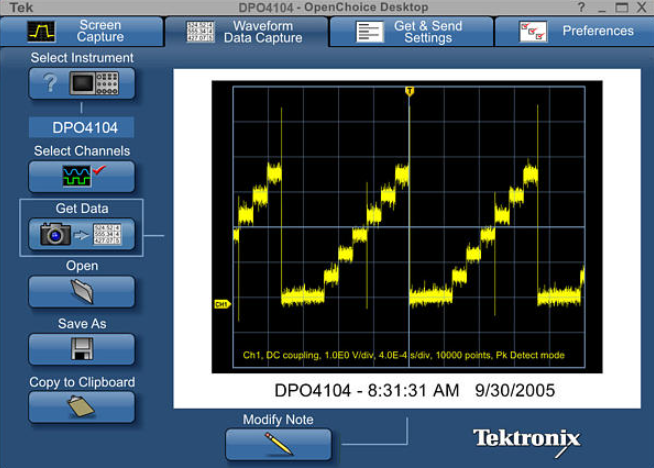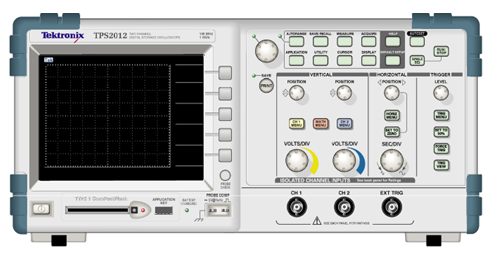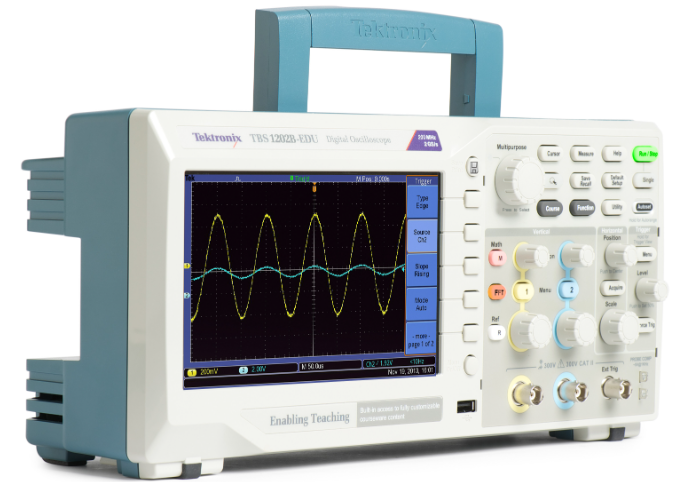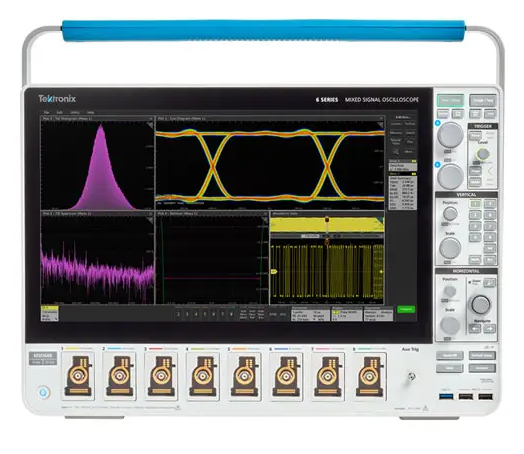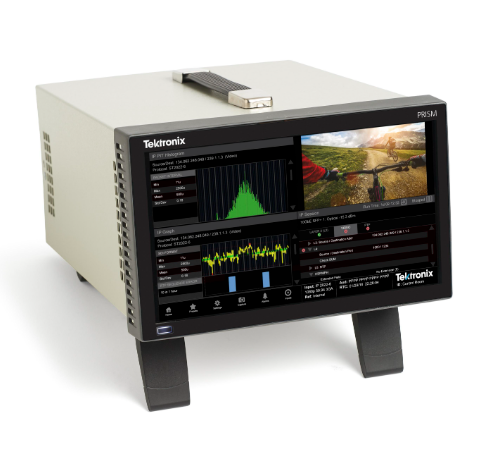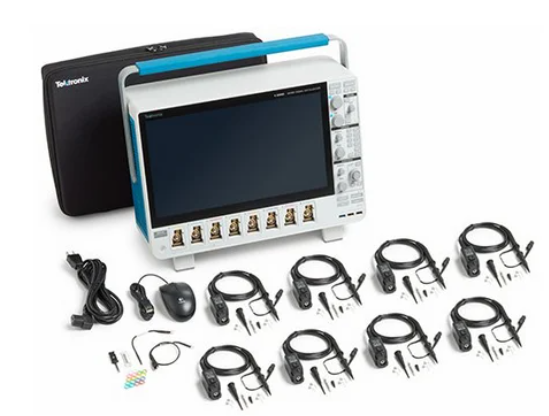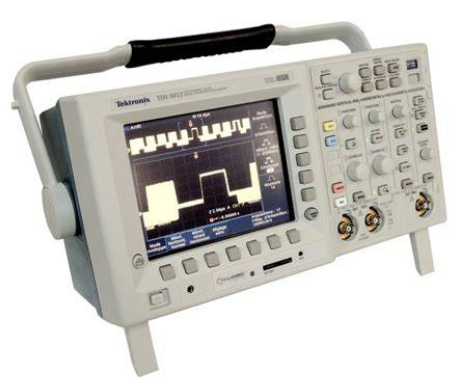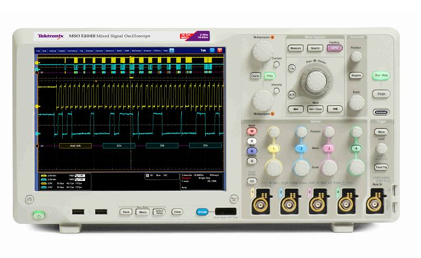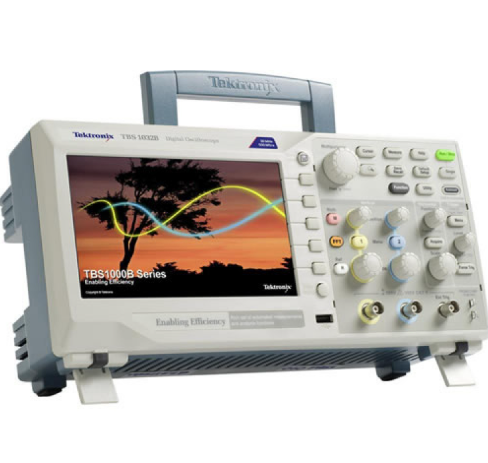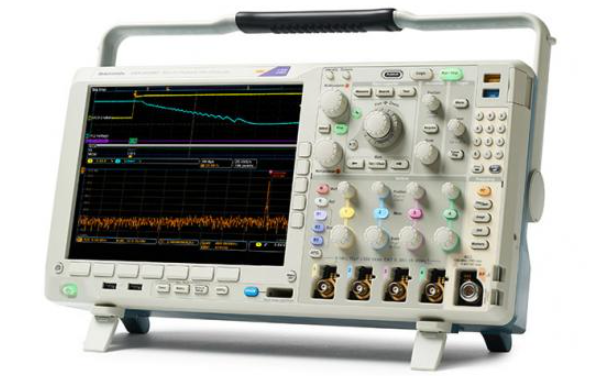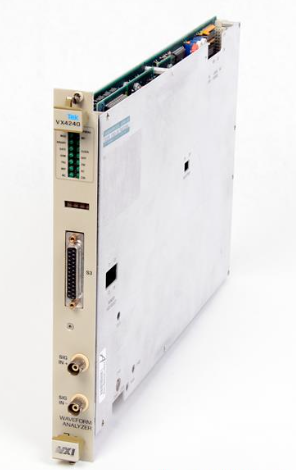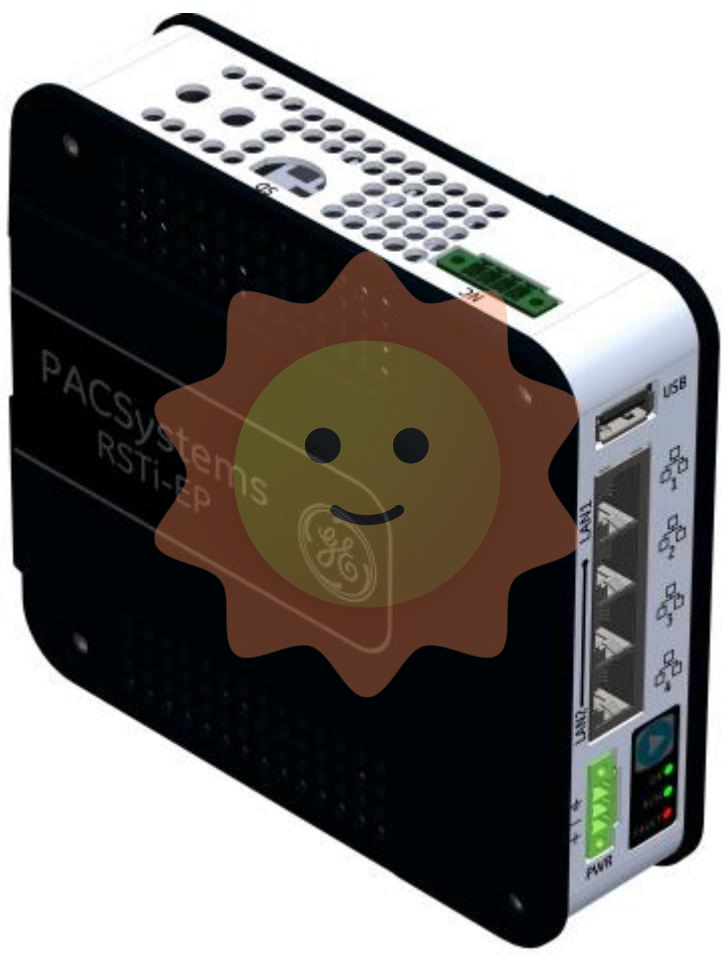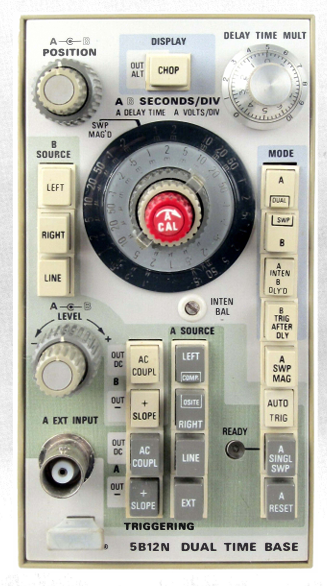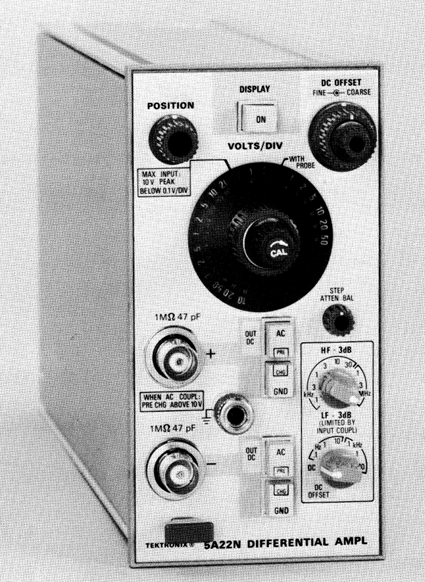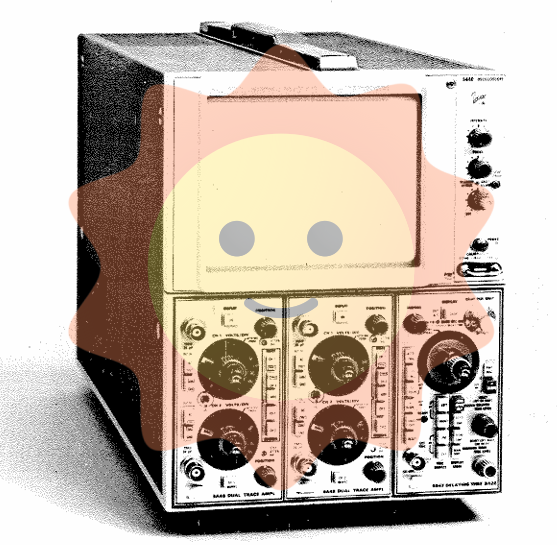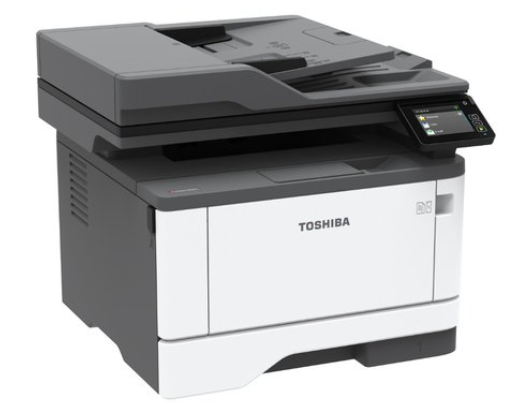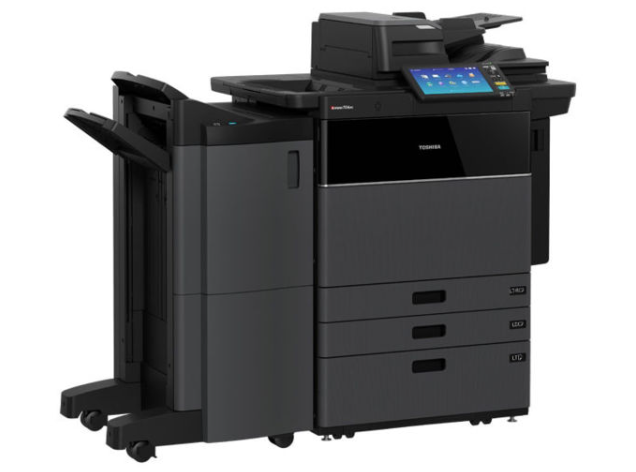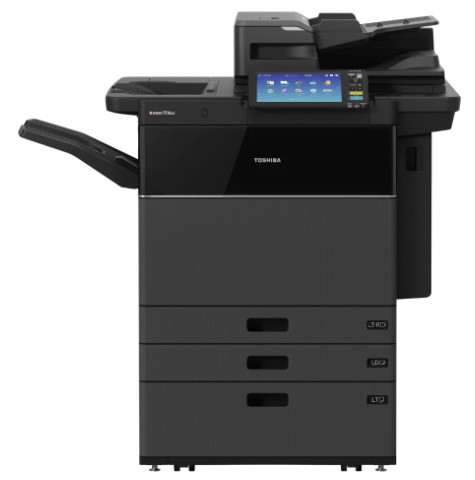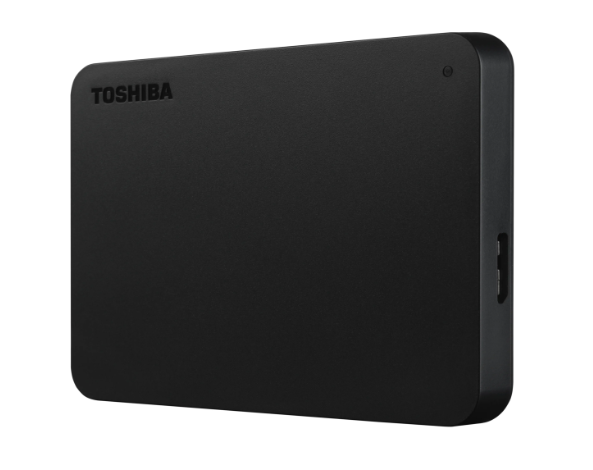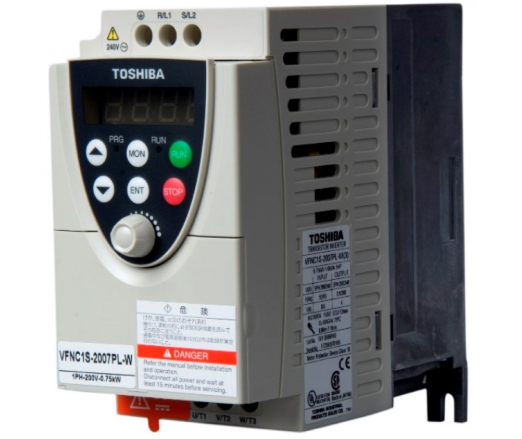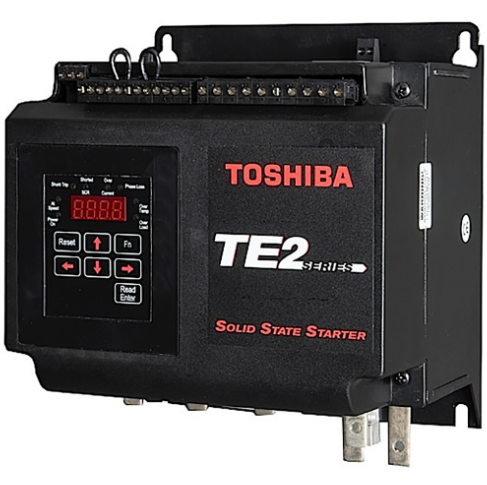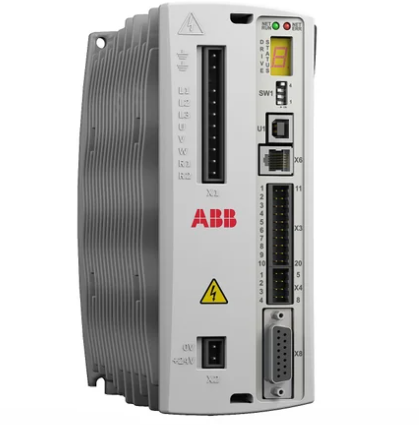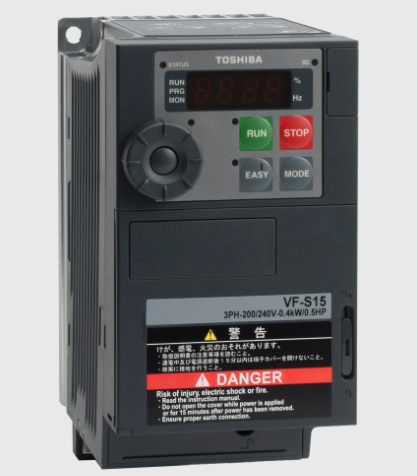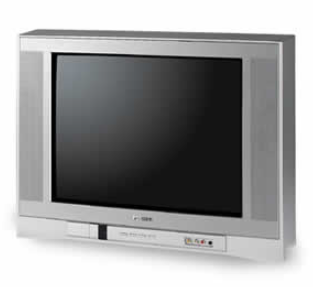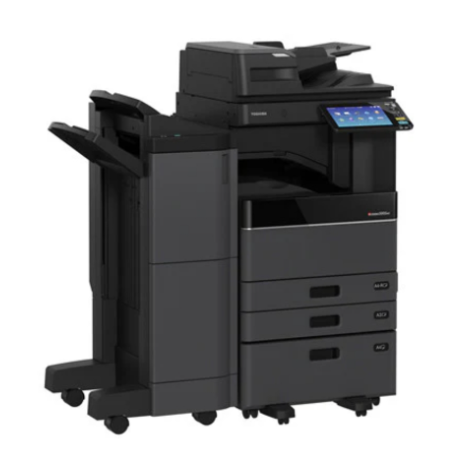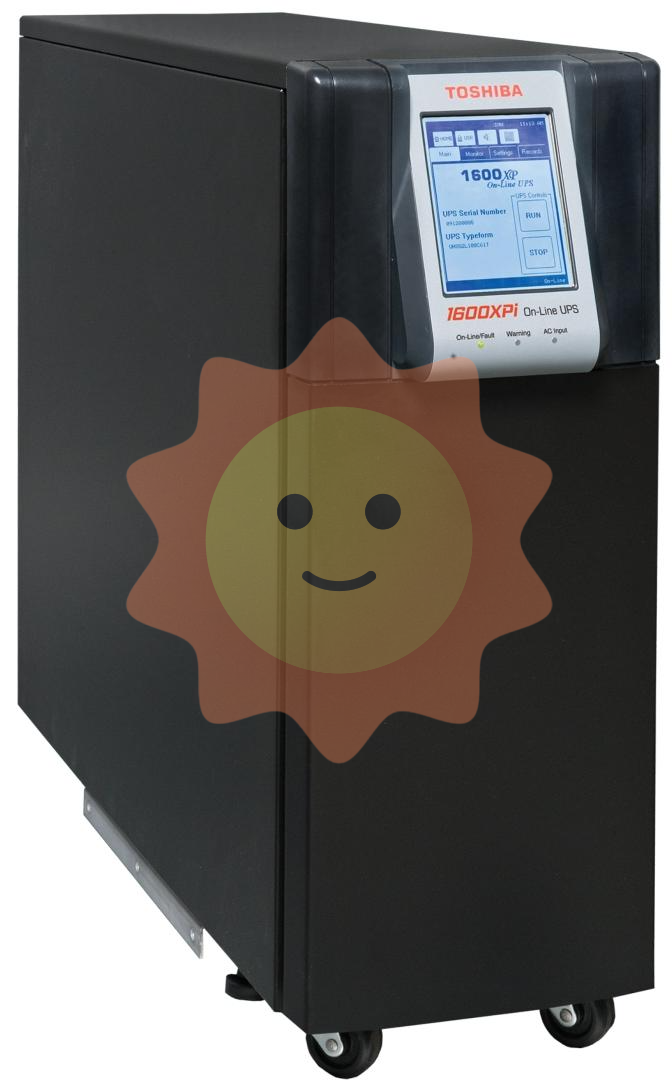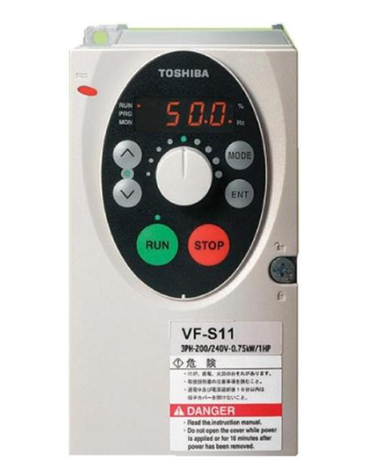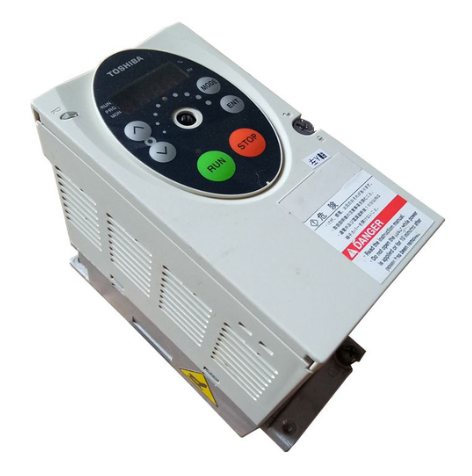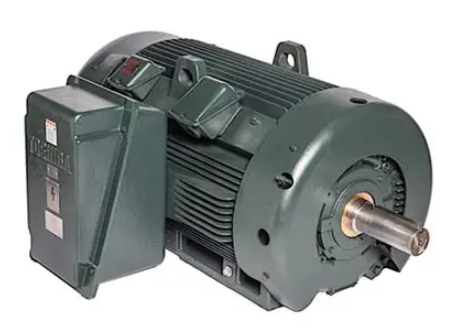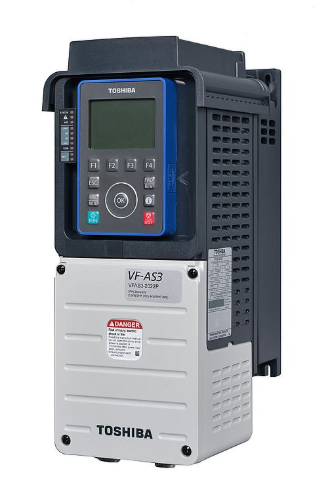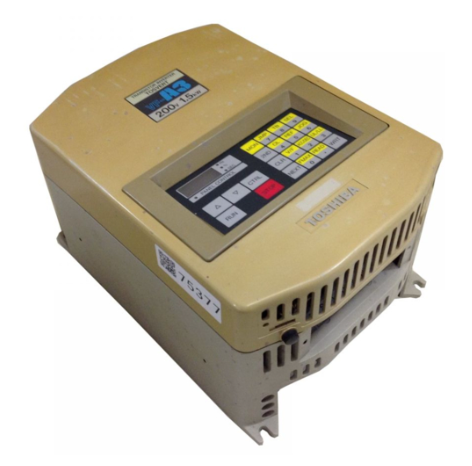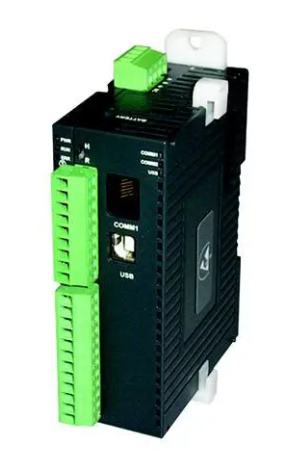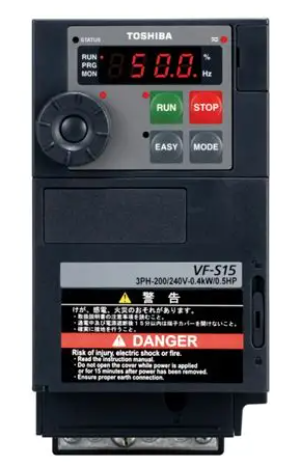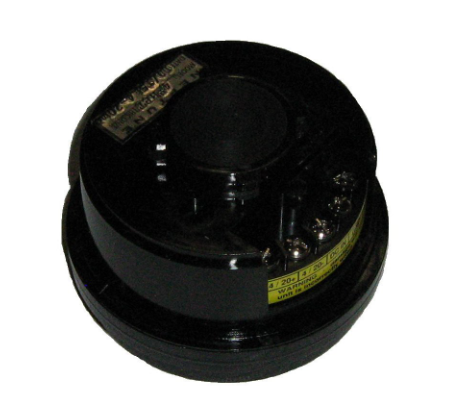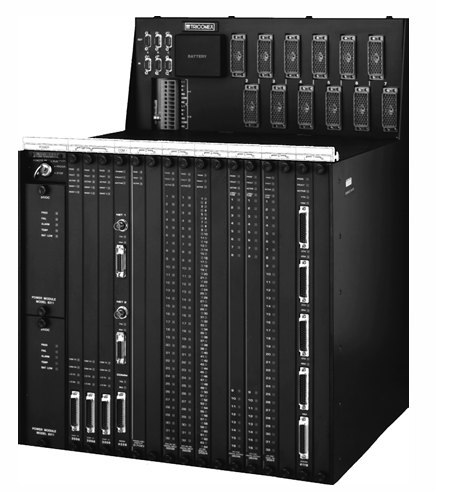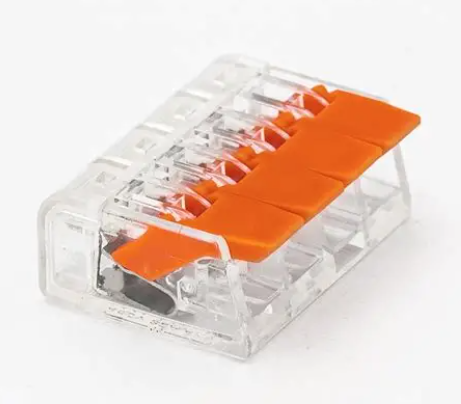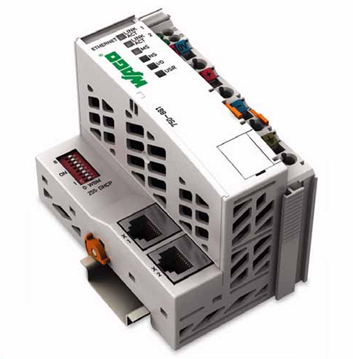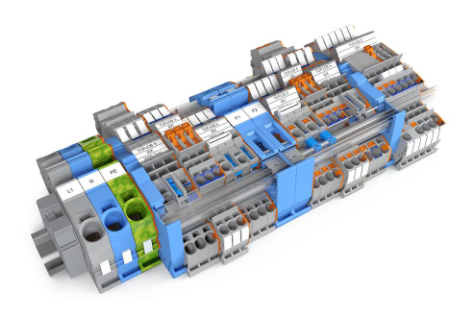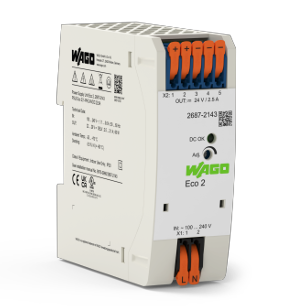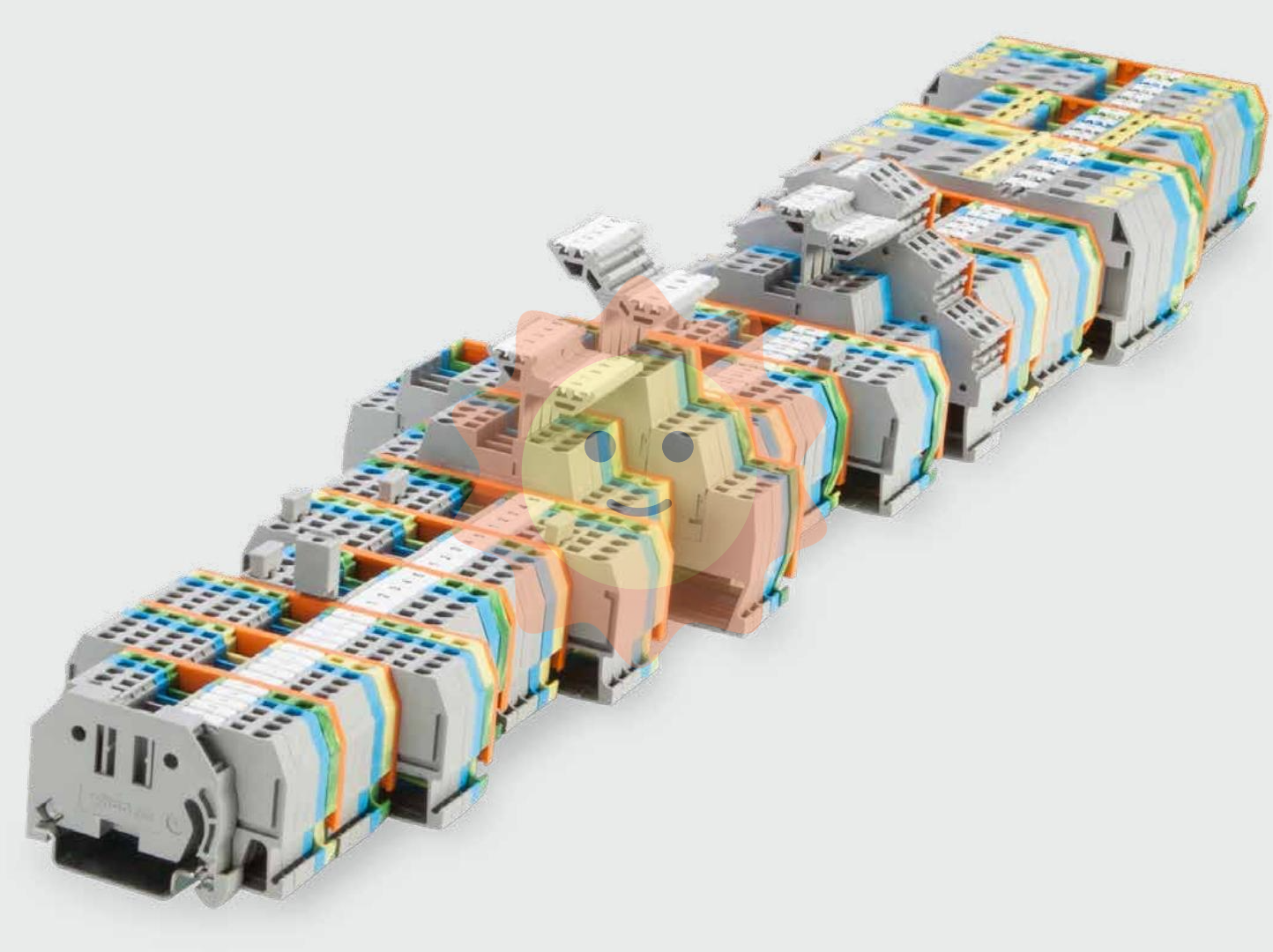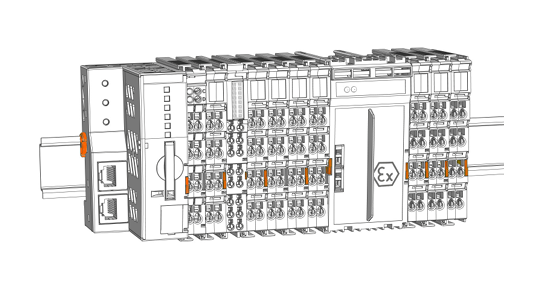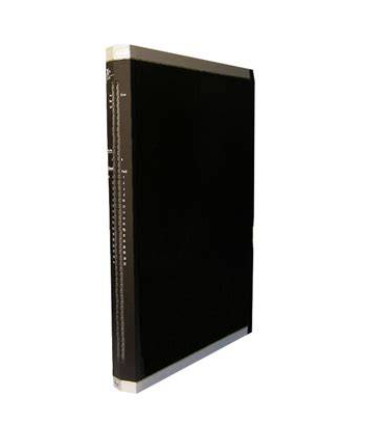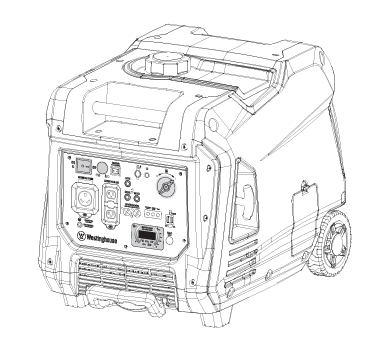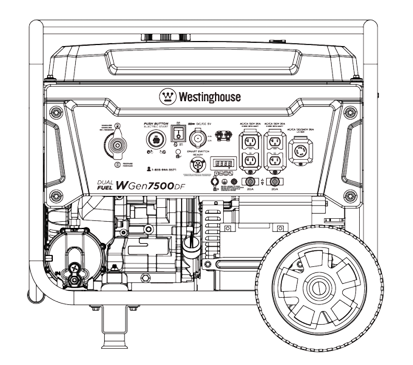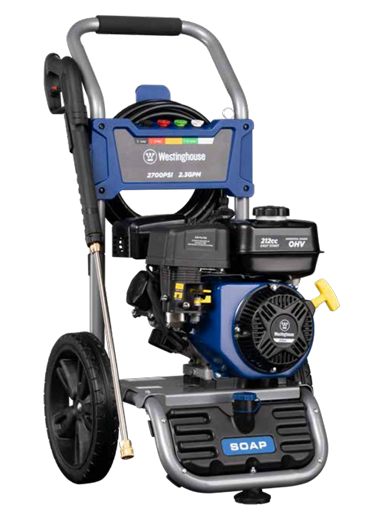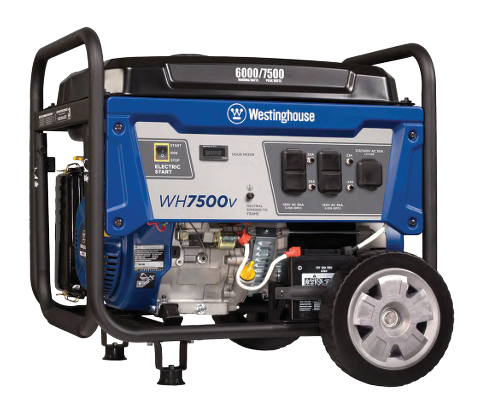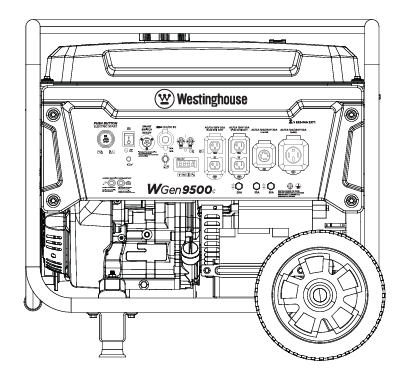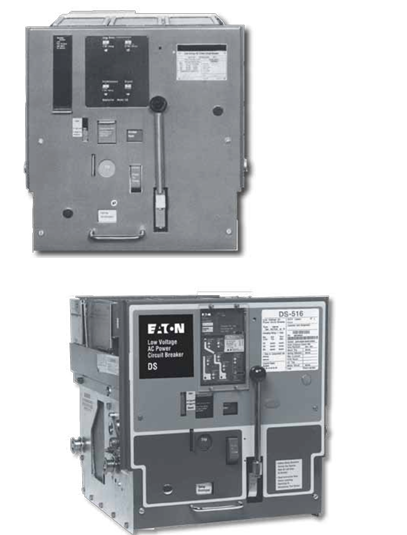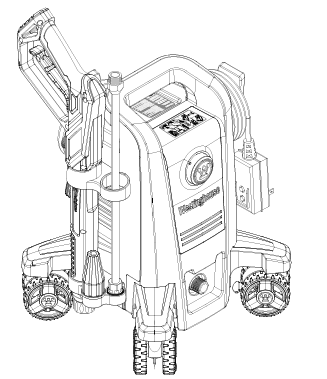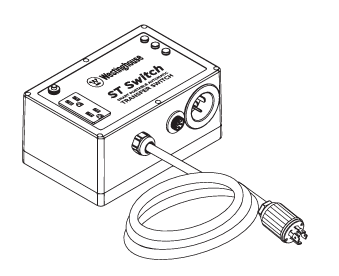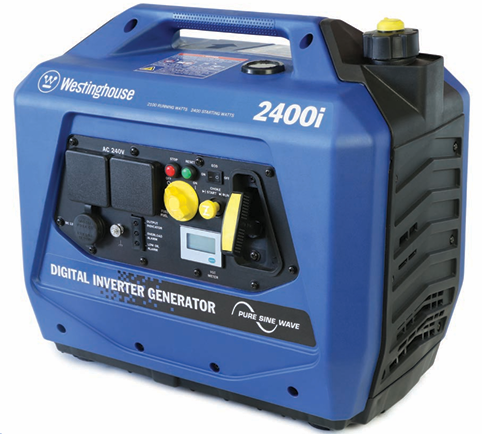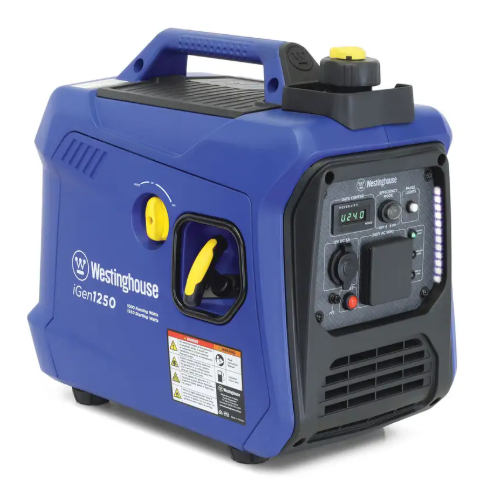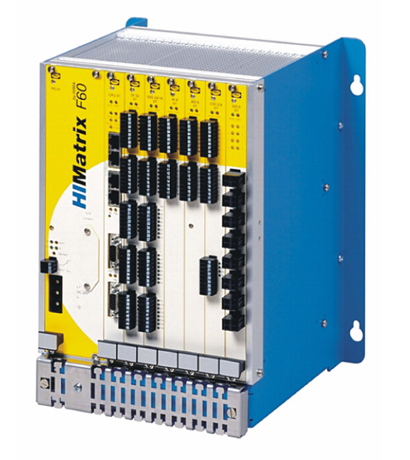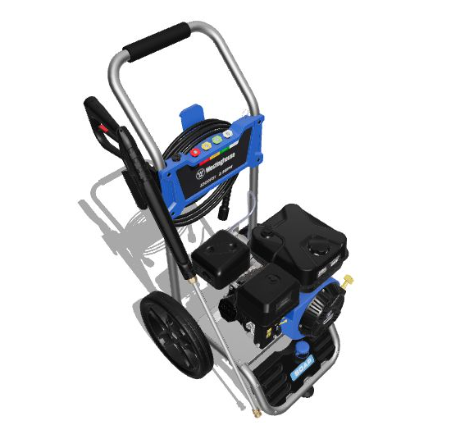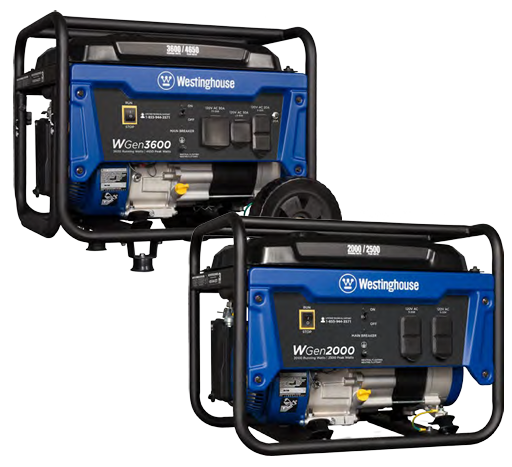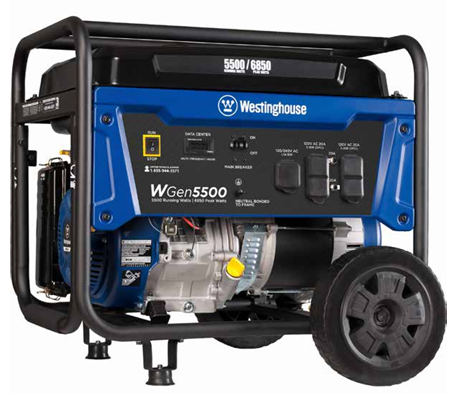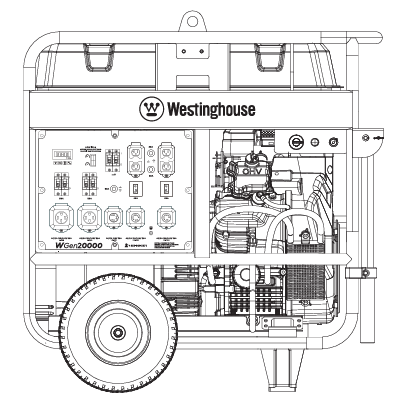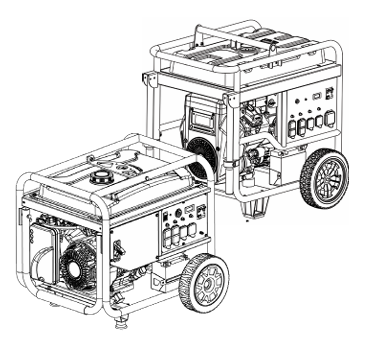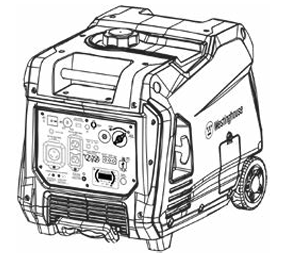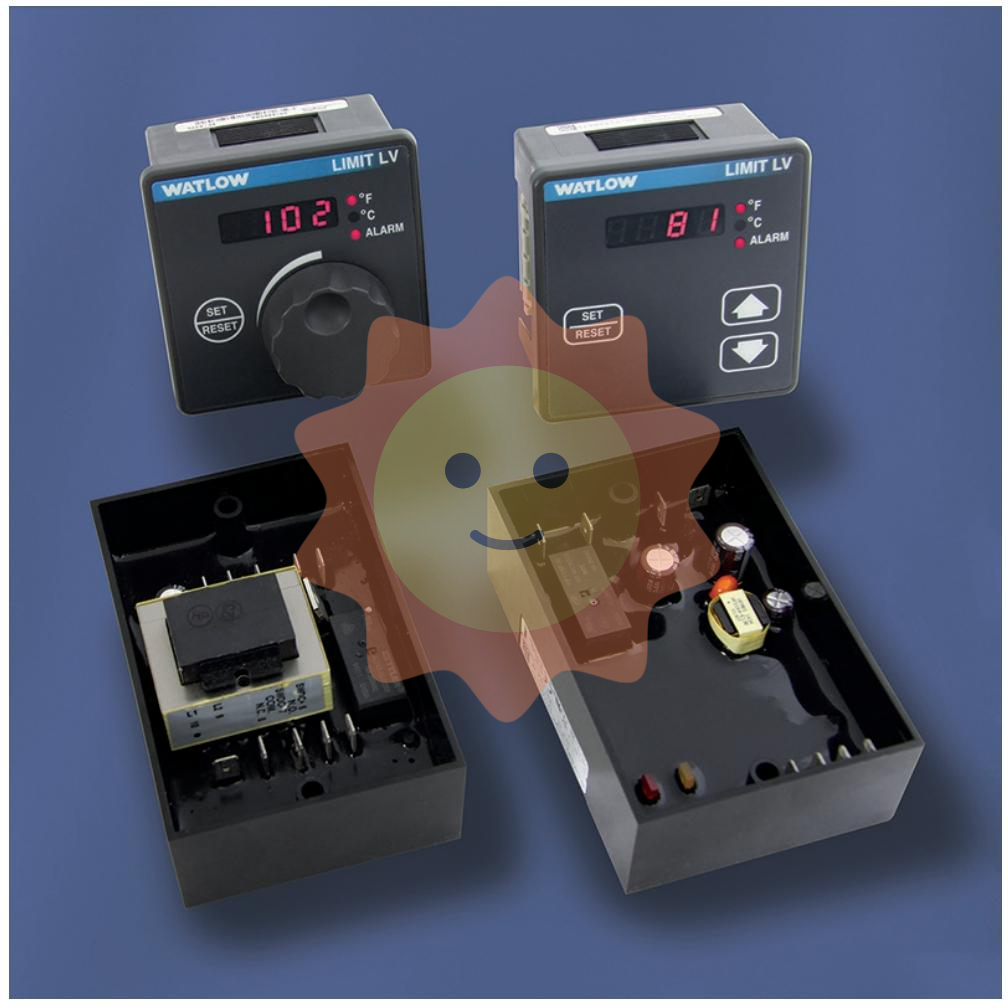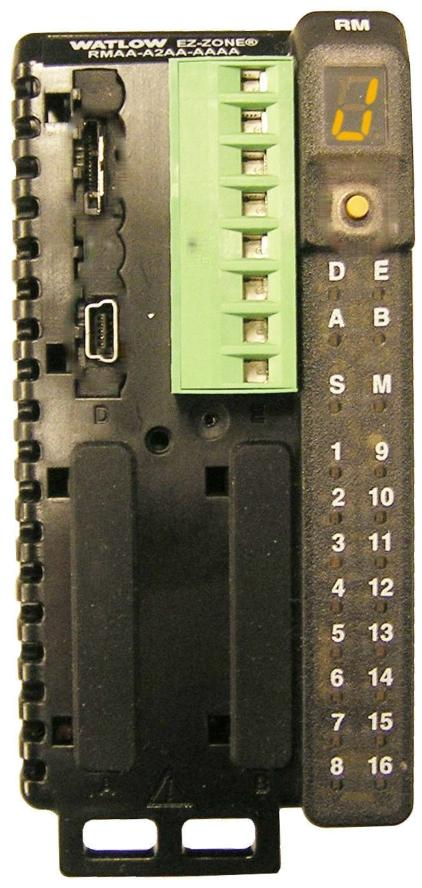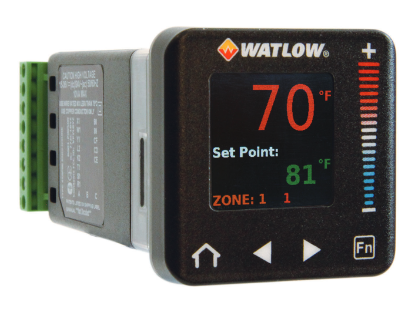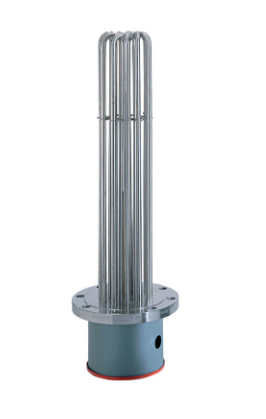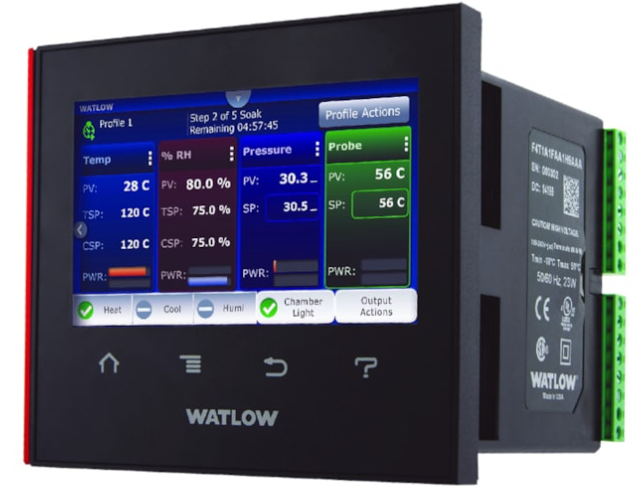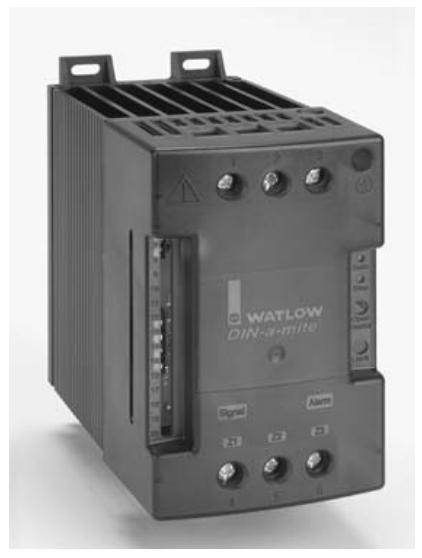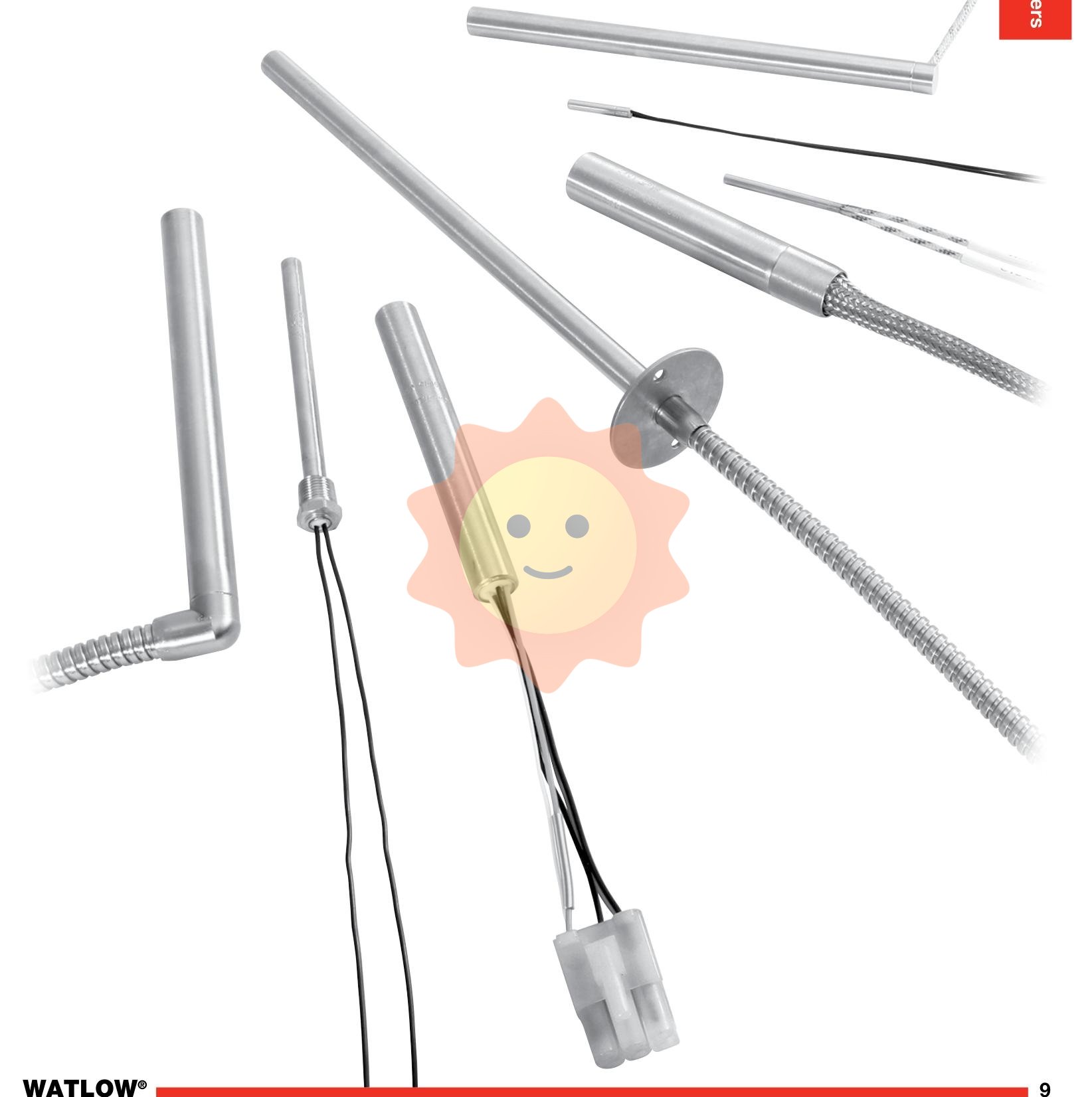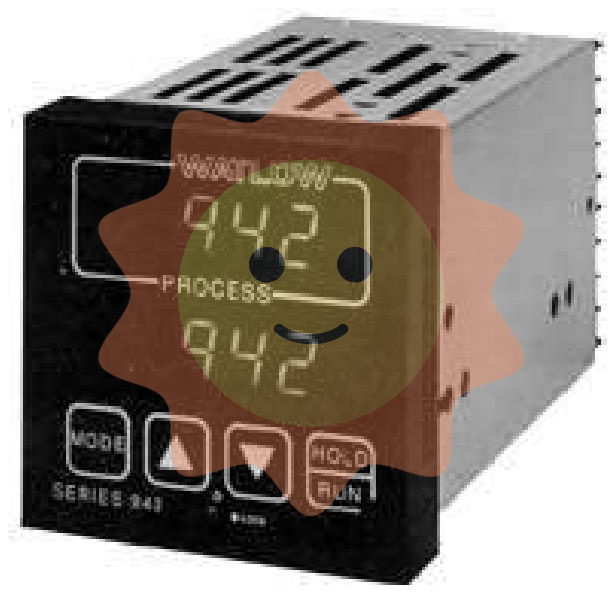Manufacturers
ABB
Model(s)
ABB Advant Controller 31, ABB Advant OCS
Additional Information
Eight 24 VDC Inputs, six relay outputs, power supply 120/230V input,
Estimated Shipping Size
Dimensions: 5.0" x 4.0" x 5.0"
(12.7 cm x 10.2 cm x 12.7 cm)
Weight: 1 lbs 14.1 oz (0.9kg )
Tariff Code: 8537109060
Country of Origin: France
Ships from Webster NY, USA
ABB 1SBP260011R1001 Controller 31 Basic Unit
Basic Information
Model and Series:
This unit, model 1SBP260011R1001, belongs to ABB's Controller 31 Basic Unit series. In industrial automation control systems, the basic unit is the core part, which provides basic control functions and data processing capabilities for the operation of the entire control system.
Appearance and size guess:
Considering its function as a Basic Unit and the possible installation environment, it is probably a rectangular shaped device. The length would probably be in the region of 30 - 40 cm, the width in the region of 20 - 30 cm, and the thickness probably in the region of 10 - 20 cm. The weight is estimated to be in the region of 3 - 6kg, a size and weight that would facilitate installation in a control cabinet or console.
Origin speculation:
ABB's high-end industrial control equipment of this type is usually produced in regions with advanced industrial manufacturing technology, most likely from European countries such as Sweden. These regions have advanced electronic manufacturing technology and strict quality control system, which helps to ensure the high quality and reliability of the basic unit, so that it can operate stably in complex industrial environments.
Performance Features
Control function:
It has a powerful control capability and is capable of executing complex control algorithms and logic operations. It can process a variety of input signals, including digital signals (e.g. digital output from switches and sensors) and analogue signals (e.g. analogue output from temperature and pressure sensors). According to the preset control strategy, through the internal processor and memory unit, it generates output signals to control the operation of industrial equipments, such as starting and stopping of motors and opening adjustment of valves.
It supports various control modes, such as open-loop control and closed-loop control. In closed-loop control mode, it receives feedback signals, such as actual temperature, pressure or speed signals, compares them with the set values, and then adjusts the outputs through control algorithms such as PID (Proportional-Integral-Differential) to stabilise the actual physical quantities around the set values. This type of control mode is very important for precise control of process parameters in the chemical, power and other process industries.
Data processing and storage capability:
It is able to process a large amount of data efficiently. For the input analogue signals, it can carry out high-precision analogue-to-digital conversion to convert continuous analogue signals into digital signals for processing. At the same time, it also has a certain data storage capacity, and can store control programmes, configuration parameters, historical data and other information. These stored data can be used for fault diagnosis, data analysis, process optimisation and other purposes. For example, the stored historical data can help analyse the operating trend of the equipment and detect potential problems in advance.
Communication interface diversity:
Support for a variety of communication interfaces is key to enabling integration with external devices and systems. These may include Ethernet interfaces, which are used to access the factory's local area network (LAN) for high-speed communication with the host computer, other controllers, or remote monitoring systems; RS-485 interfaces, which are suitable for connecting to some traditional industrial devices, such as sensors and actuators with RS-485 communication; and support for industrial Ethernet protocols, such as Profinet, EtherNet/IP, etc., which are used to build high-performance industrial automation networks. It is used to build high-performance industrial automation networks.
Reliability and Stability:
A highly reliable design is adopted to ensure stable operation in industrial environments. In terms of hardware, high-quality electronic components are used with good anti-interference capability to work normally in harsh industrial environments (e.g. high temperature, high humidity, strong electromagnetic interference, etc.). For example, special heat dissipation designs may have been adopted to ensure that the equipment will not fail due to overheating during prolonged operation. Meanwhile, in terms of software, there may be a perfect fault detection and recovery mechanism, which can automatically try to recover or take corresponding emergency measures to guarantee the continuity of the control process when there is a programme error or communication interruption.
Application Fields
Industrial automation production line control:
It is widely used in all kinds of industrial automation production lines, such as automobile manufacturing, electronic manufacturing, food processing and other industries. In the automobile manufacturing production line, it can control the welding, painting, assembly and other actions of the robot, as well as the material transport of the production line, equipment coordination and other links. For example, it can control the material conveying equipment to supply the next set of welded parts in time according to the welding progress of the car body to ensure the efficient and stable operation of the production line.
Process control in the process industry:
It plays a key role in process industries such as chemical, petroleum, electric power and water treatment. In the chemical production process, it can be used to control the temperature, pressure, stirring speed and other parameters of the reaction kettle, as well as the opening and closing of the feeding and discharging valves, to ensure that the chemical reaction is carried out safely and efficiently. For example, by receiving the temperature and pressure sensor signals in the reactor, control algorithms are used to adjust the flow rate of the heating or cooling medium, as well as the opening of the feed valves, to ensure that the chemical reaction is carried out under optimal conditions.
Intelligent Building and Facility Management Systems:
In the field of intelligent buildings, it is used for the control of various equipment systems in buildings. For example, in the central air-conditioning system, it can control the start and stop of the air-conditioning unit, temperature adjustment, wind speed adjustment and other functions; in the lighting system, it achieves the control of the switching of lights and the adjustment of brightness; in the lift control system, it manages the operation scheduling of the lift and the safety monitoring, etc., so as to improve the energy utilisation efficiency of the building and the comfort level. For example, according to the indoor and outdoor temperature and personnel activities, intelligent adjustment of air conditioning operation mode and lighting brightness.

- User name Member Level Quantity Specification Purchase Date
- Satisfaction :
-









Email:wang@kongjiangauto.com

